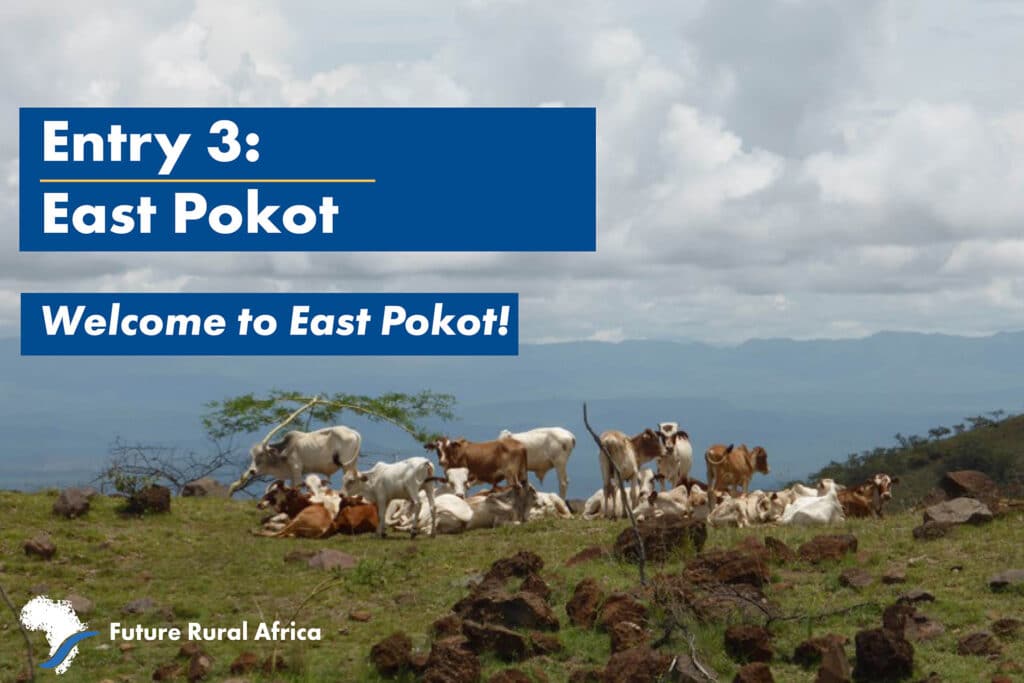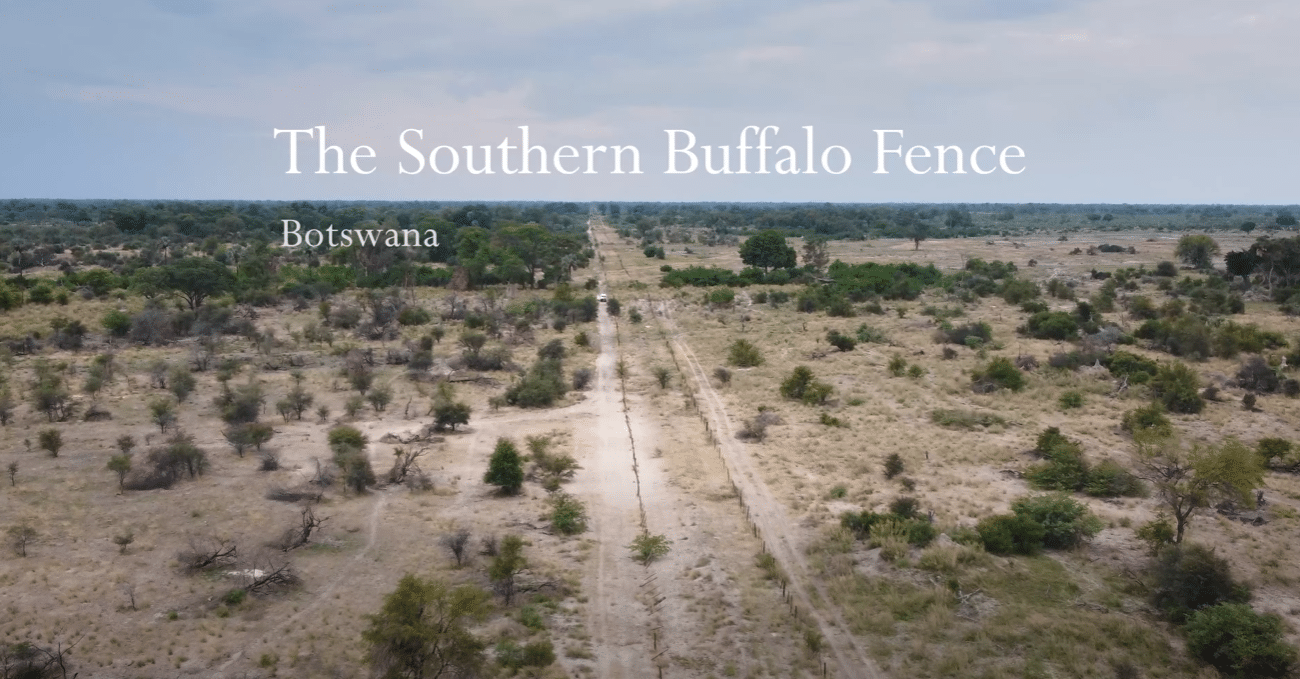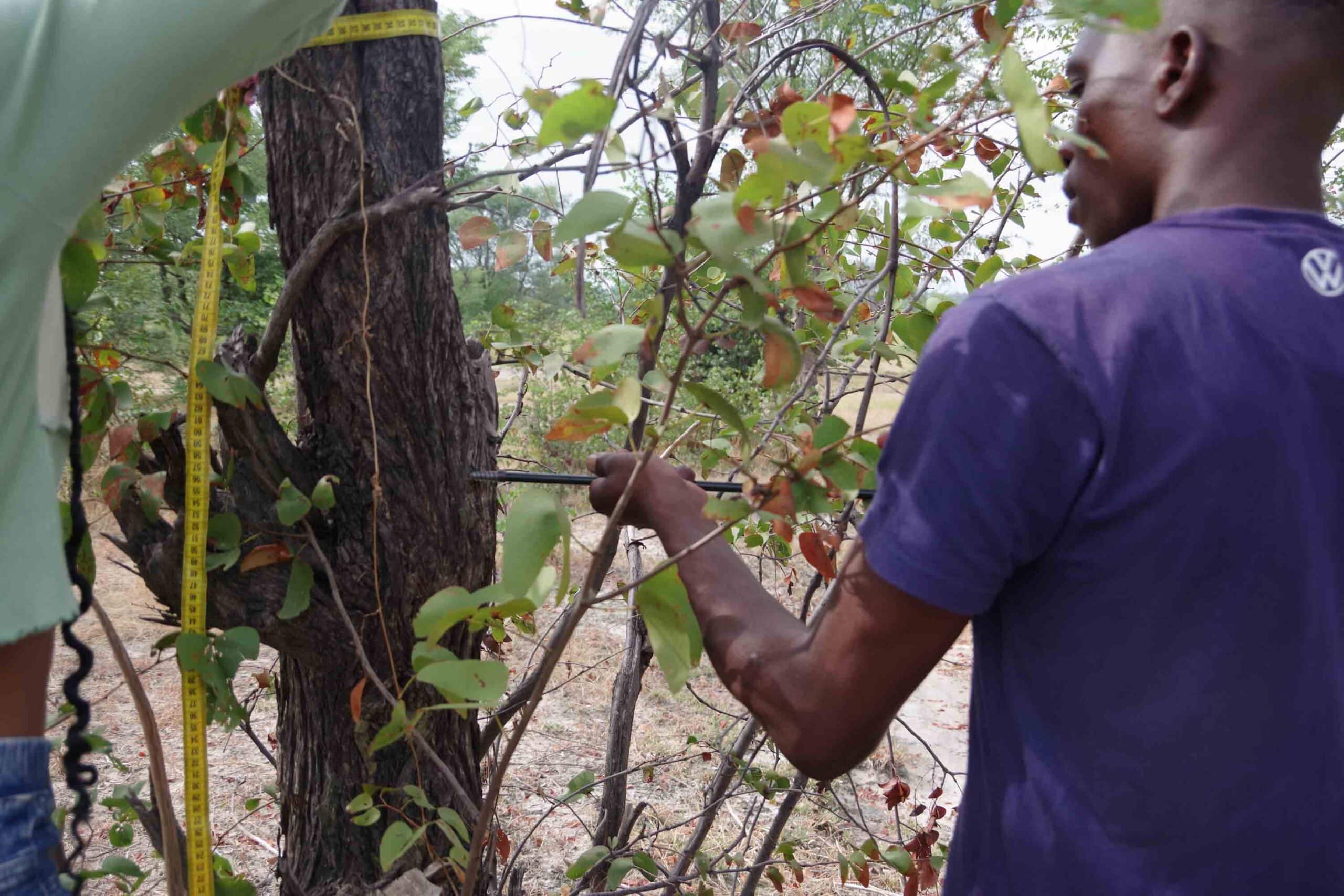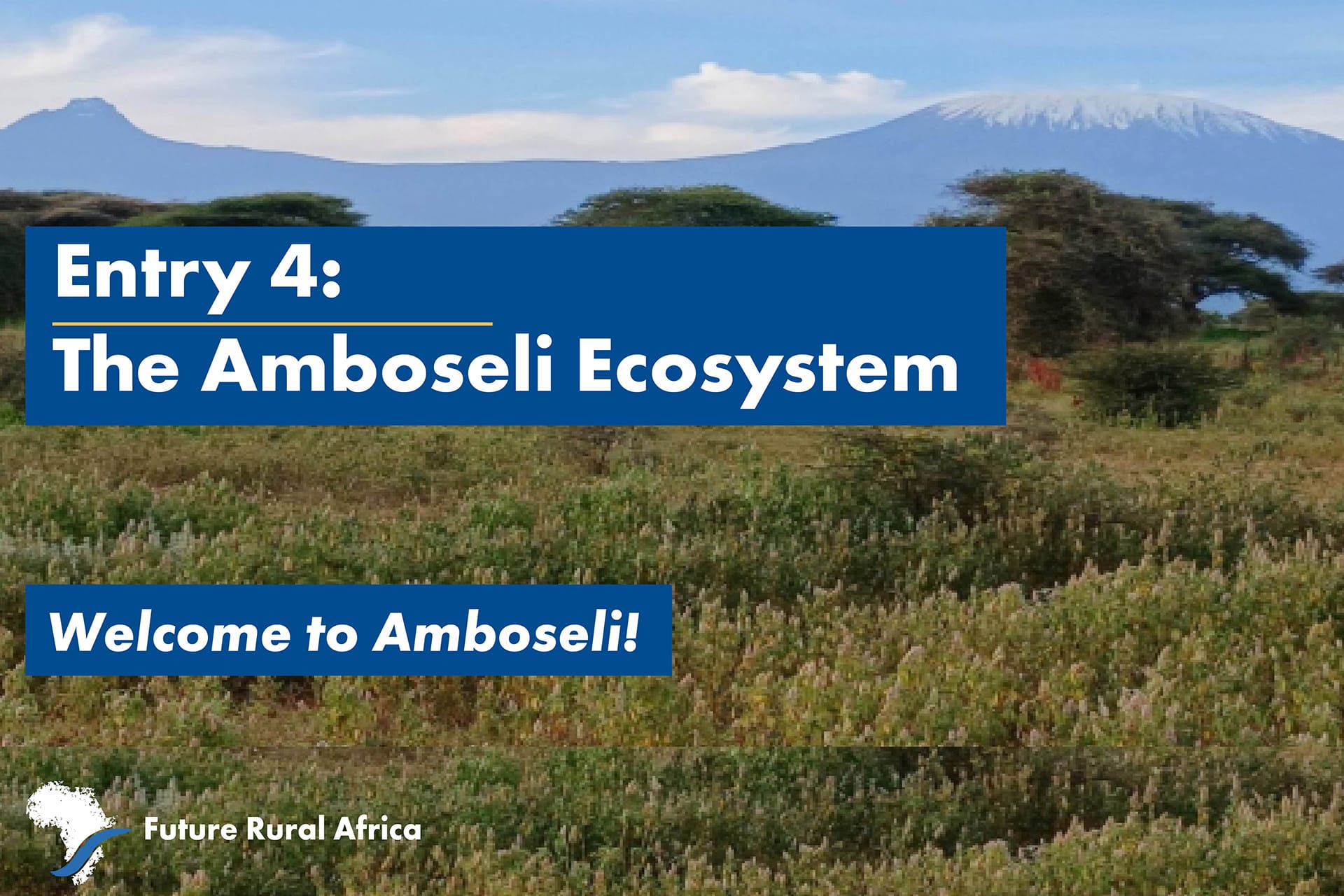What’s East Pokot? East Pokot is a region named after a group of people called Pokot who live in Kenya. It’s a pastoral community with a nomadic lifestyle in the north-western parts of Kenya. The region lies in the Rift Valley and the Pokot people have a rich culture centred around their livestock. More generally, Pokot territory can be divided into Pokot West, South and North, but East Pokot is rather marginalized compared to the other regions, in terms of government development and also education. So, that’s East Pokot. (Kudee, 1 February 2024)
Kudee, 1 February 2024
As Kudee describes, East Pokot is a region in northwestern Kenya. It is located in the northern part of Baringo County and covers approximately 4,500 square kilometres. Located in the Great Rift Valley, the region borders two escarpments to the west and east and is equipped with several (inactive) volcanoes. Kudee and Peter spent one year on the slope of one of these volcanoes, right in the centre of East Pokot, called Mt. Paka (with an altitude of 1,700 meters).

They resided in Chepungus, a small location at an elevation of around 1,300 meters. As they arrived there in 2014, they looked for and found a host family that welcomed them to live in their homestead. In 2014, this host family included Chesumkat and his two wives, Chemarkyau and Cheptoyö, along with their seven children. Of course, another important part of the family is also the livestock, including cattle, goats, and sheep.
In the homestead we built a hut (not without extraordinary support of many people), that looked like any ordinary house at first glance, almost as if would belong to another wife in the homestead (only women build houses in the homesteads). But actually that’s where we stayed, and as exceptional as it is for young men to have their own hut, our boys’ hut soon became the centre of our research, especially when we needed a quiet retreat for interviews or when heavy rains or extreme heat made outside activities impossible. It also became our home, a place where we cooked and spent our leisure time – inasmuch an ordinary life beyond research is possible in this context.
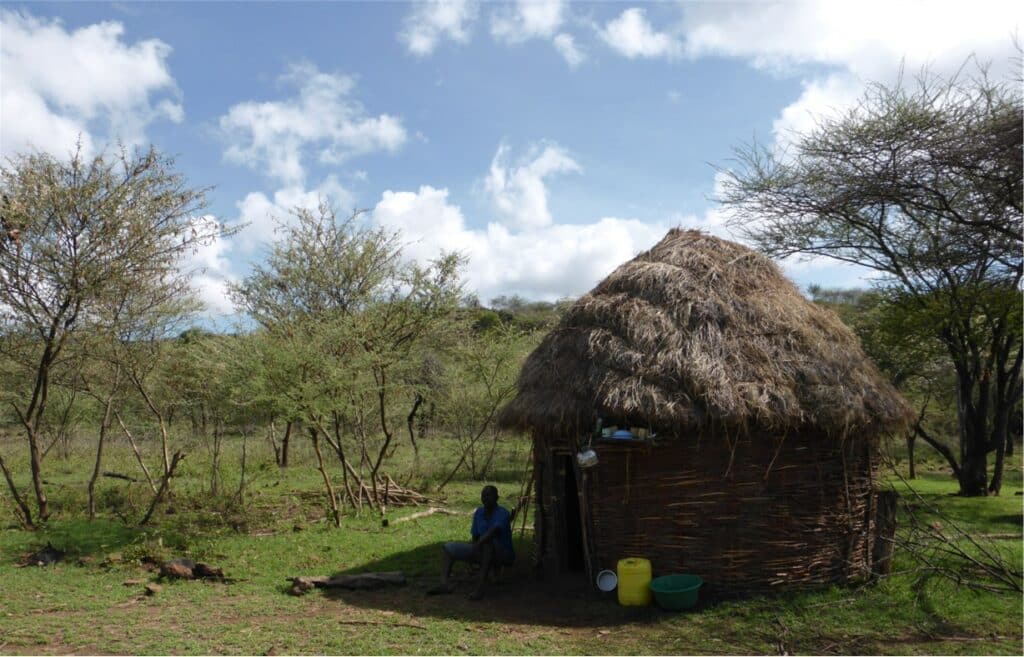
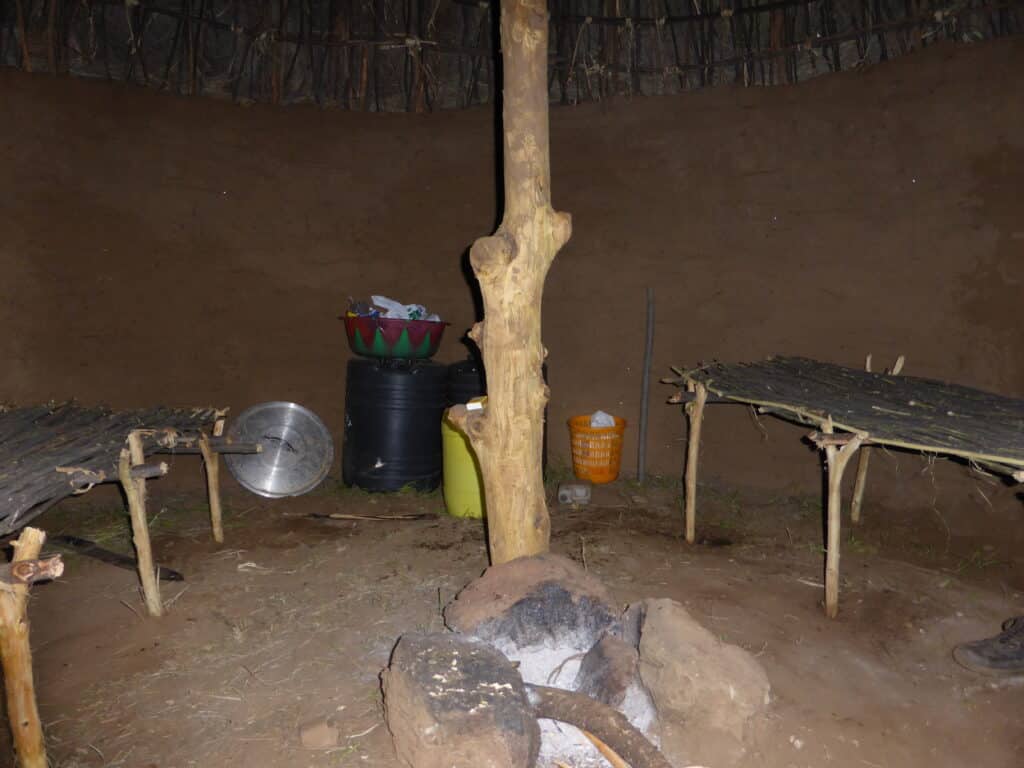
Of course, once we moved into our hut, the people in the Paka community knew where to find us, be it for medical issues, financial matters, tobacco, or simply to find out when we would drive to the market day in one of the surrounding centres. Gradually, this allowed us to become a part of the Paka community, even though our roles always remained somewhat exceptional.
The pastoral life of the people at Mt. Paka obviously shaped our research, whether in ongoing discussions about water accessibility, events and news within the community or other matters related to livestock. Cattle, goats, sheep and camels are particularly important livestock species here, and perhaps to a smaller extent also donkeys. Thus, we spent a lot of time discussing livestock issues, which routes herders migrate to ensure that the animals had sufficient food and water during the dry season, or livestock diseases and their impacts on the animals.
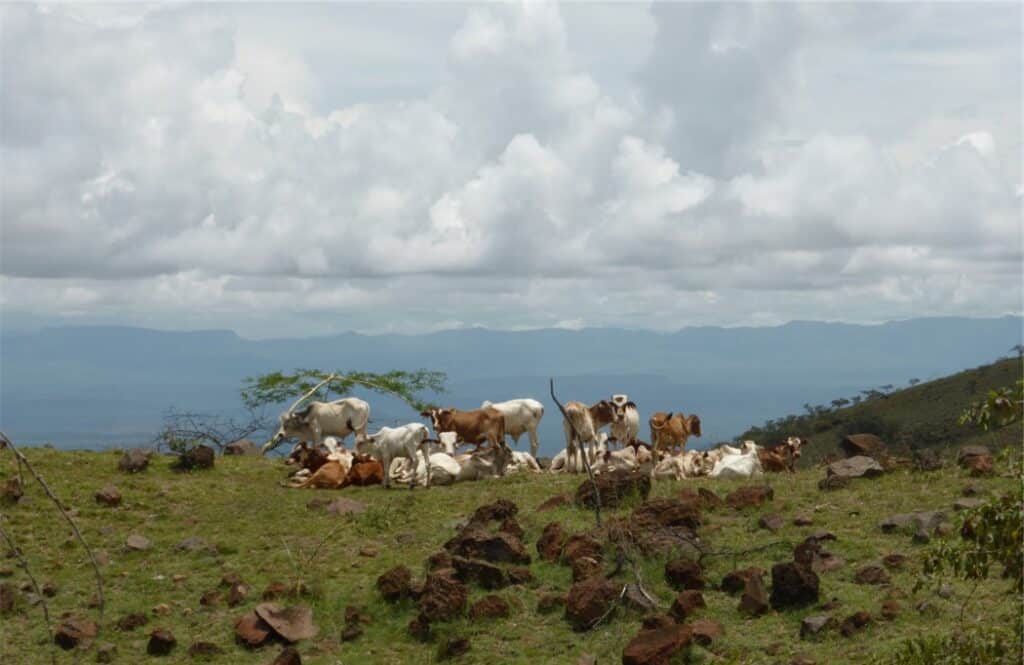
Beyond the mundane, we should mention that East Pokot is a fairly marginalized region in Kenya, which only recently experienced a greater exchange with the rest of the country through the exploration of geothermal energy. When we arrived in Paka in 2014, it was largely a rural area. This quickly changed in the following years with the construction of roads and the first exploration sites for geothermal energy. But this is yet another story and we will write more about that in one of the coming posts.
Moreover, the perception of pastoral Pokot from a national perspective is mostly shaped by the image of a ‘backward’ society that is repeatedly involved in violent conflicts with the Kenyan state and neighbouring ethnic groups, and headlines about Pokot ‘bandits’ and ‘culprits’ can be found regularly in the media. Due to these conflicts with neighbouring groups and with the state, we experienced periods in which we had to act with great caution as not only our new daily routines and the research presented us with challenges, but especially conflicts that flared up from time to time in different places.
However, we don’t want to close this post with the typical media presentations about ‘the Pokot’, but rather by sharing something that characterized our work in East Pokot from the beginning: walking. In a pastoral community, research on foot is an important routine that involves walking long or short distances together with many different people, sharing the latest news, or arriving at a common destination. Here you can find a short impression of such a walk from 2015:
Today, we (Kudee, Peter and a close friend) almost covered all the way in between Mount Paka and Mount Silali [on foot]. The northern hillsides of Mount Paka are open and shine in a light green. There, grasses are still available and compose reserves of forage during the dry season. The lower slopes of Mount Paka, however, are completely covered by bushes and trees.
The rains predicted by the elders at Mount Paka have unfortunately not yet started. The last two days, we walked under a cloudless sky and groaned under the heat of the sun, and the mountain silhouettes of Mount Silali in the north and Mount Paka in the south accompanied us all the way from Akwachatis to Naudo. The plains at the foot of Mount Silali and the Rift Valley escarpment towards Kokwötoto and Tangulbei blaze in a light white. The acacia trees [Senegalia mellifera] have started to flower.
Field Diary, Hauke-Peter Vehrs, 5 July 2015

